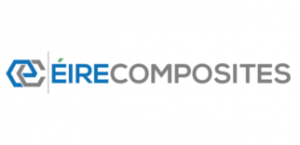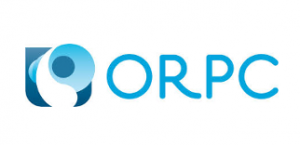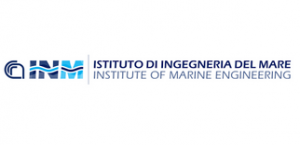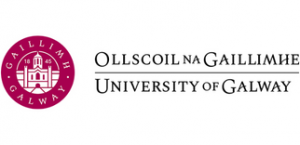Project Partners
ÉireComposites is the project coordinator and the expert on composite materials and manufacturing processes. Thier role in the project is to develop the heated mould tooling and manufacturing process for a thermoplastic airframe. They will work on developing the appropriate materials specifications and materials processing parameters and produce demonstrator sub-elements and airframes for testing by NUIG and for MANNA to use in Operational Trials. As part of these activities, it will contribute to the development of the airframe design, providing technical input and know-how to the partners tasked with design development, NUIG and cDynamics. Its technical activities will be supported by commercialisation activities throughout the project duration, with the ultimate aim for ÉireComposites to bring its unique manufacturing capabilities to the market, utilising the novel design and manufacturing technology to market its airframes directly to commercial drone operators requiring type certified aircraft, or license its technology to other airframe manufacturers (or potentially both strategies, depending one geo-market targeted – for example, manufacturing in Europe, but licensing in the US), as the business case for each option gets validated during the project.
ORPC’s main tasks for this Project are (1) commercialization of ORPC’s power systems as validated under the operational trials in the project, (2) design and build of driveline components for the ORPC turbine to be tested, and (3) analysis, dissemination, and exploitation of Project results. Considering the company’s profile—managing large-scale projects with multiple partners and experience in constructing and deploying MRE devices— ORPC is capable of fulfilling this Project’s goals and objectives.ORPC will undertake the turbine design work to contribute to the decrease in LCOE outlined in the project objectives. ORPC will provide the load inputs for the test framework design based on the output of the CFD, FSI, and marine structure dynamics analysis efforts. Their technical activities will be supported by commercialisation activities throughout the project duration, with the ultimate aim for ORPC to bring their RivGen and TidGen Power Systems to market in Europe.
CNR-INM contribution will be primarily focused on device assessment and demonstration by model tests in large scale hydrodynamics testing facilities. Taking advantage of vast expertise in the experimental characterization of marine vehicles and offshore technologies, researchers and technicians staff will design and realize the set-up to install and operate the turbine in the large calm water tank facility. In collaboration with project partners, an integrated network of multi-purpose sensors to characterize system performance and response to operating conditions will be designed and installed. CNR-INM will contribute to the post-processing and analysis of data obtained from device tests.
MCAM have developed a viable process for recycling of Carbon Fibre which yields a high-performing recycled Carbon Fibre (rCF). The role of MCAM in the project is therefore that of the rCF production and materials expert and it will be tasked with developing rCF to specification required for incorporation into the foils of each turbine. It will support ÉireComposites in their development of manufacturing processes utilising rCF and it will support the testing and validation activities throughout the project, providing technical inputs to the design and manufacturing processes, as well as underpinning these activities with commercialisation actions. The aim of MCAM is to develop new markets for rCF – in particular by demonstrating rCF in a water turbine, it will make it possible for target markets and potential clients to gain
CRIMSON 9. an increased level of confidence in the product performance which will help unlock high-volume, high-value markets. This will also eliminate reliance on downcycling of rCF into lower value products, which is not a sustainable business model in the long term. This means, additionally, that the project will be crucial in advancing the nascent rCF industry overall, with increased uptakes of the material and the demand starting to drive increases in the supply (whereas now supply of this high-performing material exceeds demand for high-value applications).
UGalway Sustainable & Resilient Structures Research Group operates the Large Structures Testing Laboratory since 2011, where they have developed unique design and testing facilities for marine turbine blades, which will be further developed in CRIMSON. The goal of the group is to address the needs of the marine energy sector, while producing highly trained, specialised graduate engineers and research staff. The group have collaborated with companies throughout Europe and the USA. The successful completion of the CRIMSON project will see improved test facilities and monitoring capabilities.
UGalway will lead WP5 Structural testing of the turbine assembly with the demonstrator foil but will also collaborate on a number of other work packages, including WP 1, 4, 6. Within WP5, UGalway will advance their testing capabilities through the development of additional structural fatigue loading mechanism, which will operate in parallel to the existing infrastructure within the Large Structures Testing Laboratory. These developments will allow NUIG to offer marine energy developers high-cycle accelerated fatigue testing for their new components.




